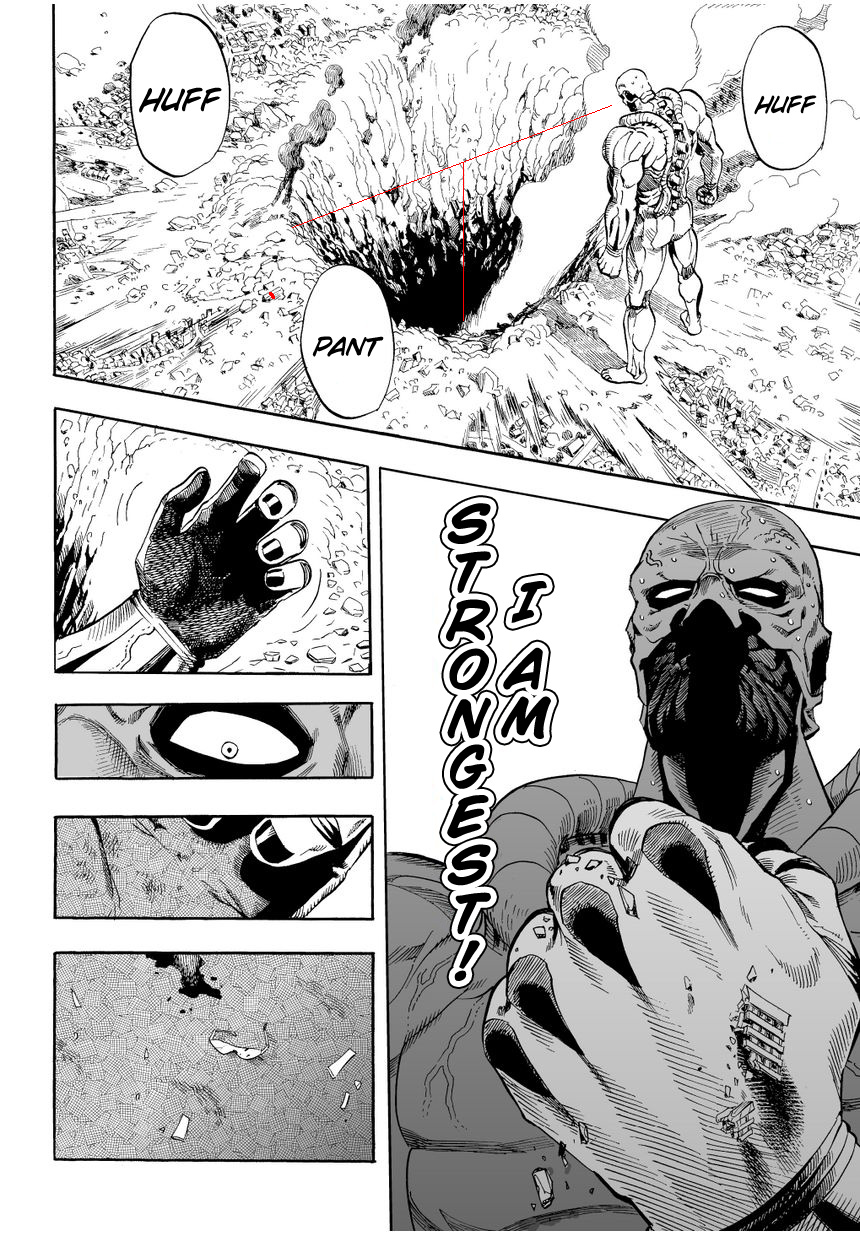- 29,688
- 24,608
The purpose of this thread is to discuss and debate a feat performed by Beefcake, in Chapter 3 of One-Punch Man.
The first version of the calc was created by Kachon123 and was accepted at being 5.35 Megatons (Small City level).
The second version of the calc was created myself and was accepted at being 17.84 Kilotons (Town level).
I'll making my argument for my calc in a subsequent post to leave the OP clear of arguments.
Since this will be a debate that does not focus on scaling at all but purely on the specifics of the calculations, I would ask that no non-Calc Group Member or non-Staff Member posts here with the exception of Kachon123. If you have something you want to bring up, bring it to either one of us, please.
The first version of the calc was created by Kachon123 and was accepted at being 5.35 Megatons (Small City level).
The second version of the calc was created myself and was accepted at being 17.84 Kilotons (Town level).
I'll making my argument for my calc in a subsequent post to leave the OP clear of arguments.
Since this will be a debate that does not focus on scaling at all but purely on the specifics of the calculations, I would ask that no non-Calc Group Member or non-Staff Member posts here with the exception of Kachon123. If you have something you want to bring up, bring it to either one of us, please.
Last edited:
